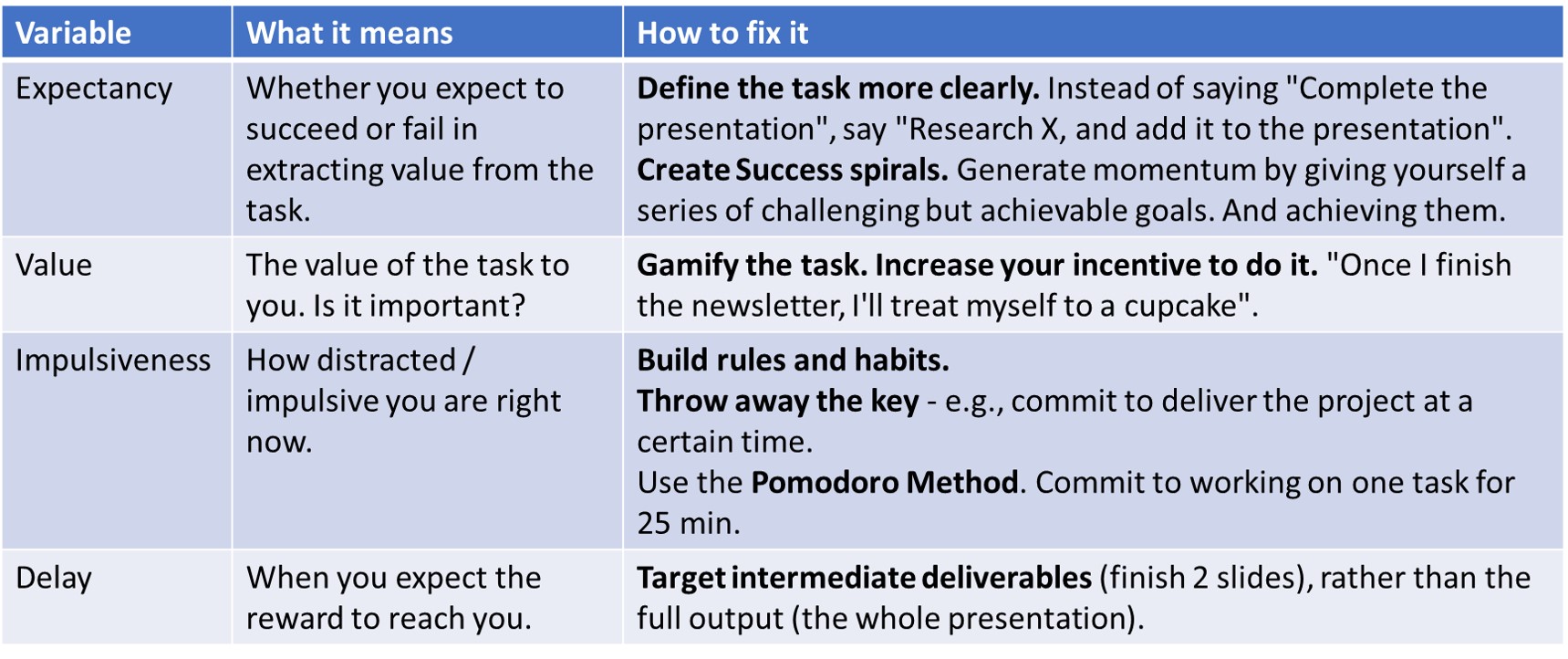[Note: I shared this mental model with my email subscribers on Feb 5, 2017. If you want to receive a new mental model every week, join the club.]
Why is it so hard to persuade people with facts?
You feel like their argument stands on three key pillars, and you’ve destroyed all of them with hard data. Still, it remains standing. In fact, they’ve dug their heels in even more!
Why does being corrected trigger feelings of anger and dismay?
Short answer: Cognitive dissonance.
What it is:
Why does cognitive dissonance happen? As this article says, there are two main reasons:
- Our brains don’t store facts as standalone pieces of information. We remember data points as a network of interrelated “facts”. So, when one of them is called into question, it feels like the entire network of beliefs is threatened. Loss aversion kicks in.
- When an argument threatens your world view, self concept, or your very identity, facts can even backfire. You become more convinced of your erroneous stand, when you hear you’re wrong.
Strange things happen when you think your identity is attacked.
See the GMO study in the article above, or this interesting example of cognitive dissonance from the ever-provocative Scott Adams.
And cognitive dissonance isn’t triggered only in an argument. In any setback, you choose the interpretation most favorable to your self esteem. Just ask Aesop:
[Tweet “”We have a habit of distorting the facts until they become bearable for our own views.””]
Rules to follow:
So, what do you do? Or, as the title of this section says, how do you convince someone when facts fail?
- First, articulate the opposite position accurately. Acknowledge that you understand why someone could hold that opinion.
- Stick to the facts, and layer them up gradually. First, the raw information. Then, a second order inference. Agree on both. Only then, bring up your controversial conclusion.
- Keep emotions out. Discuss, don’t attack. No absurd absolutes. No ad hominem. And definitely no ad Hitlerum.
- Don’t activate identity when arguing a point. Show how changing facts doesn’t necessarily mean changing world-views.
If you and your stubborn interlocutor are a little geeky, try the Double Crux method. [I’m still trying to find a fellow geek I disagree with, to try this.]
[fancy_box id=5][content_upgrade id=606]Want to get new mental models straight to your inbox? The next one arrives this Sunday – don’t miss it![/content_upgrade][/fancy_box]
Further Reading:
- Cognitive Dissonance, Wikipedia
- The Fox and the Grapes, Aesop’s Fables
Linked to: Confirmation Bias
Filed Under: Psychology & Human Behavior

